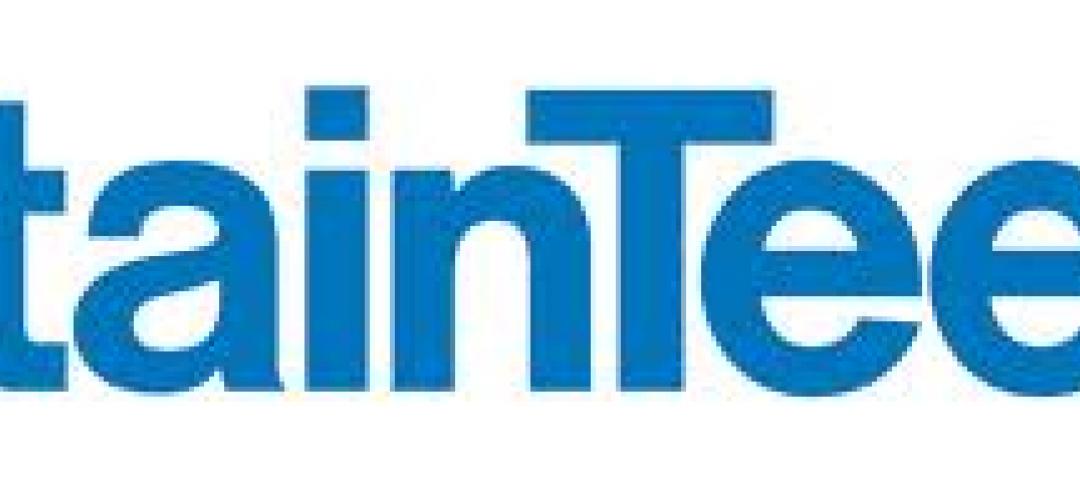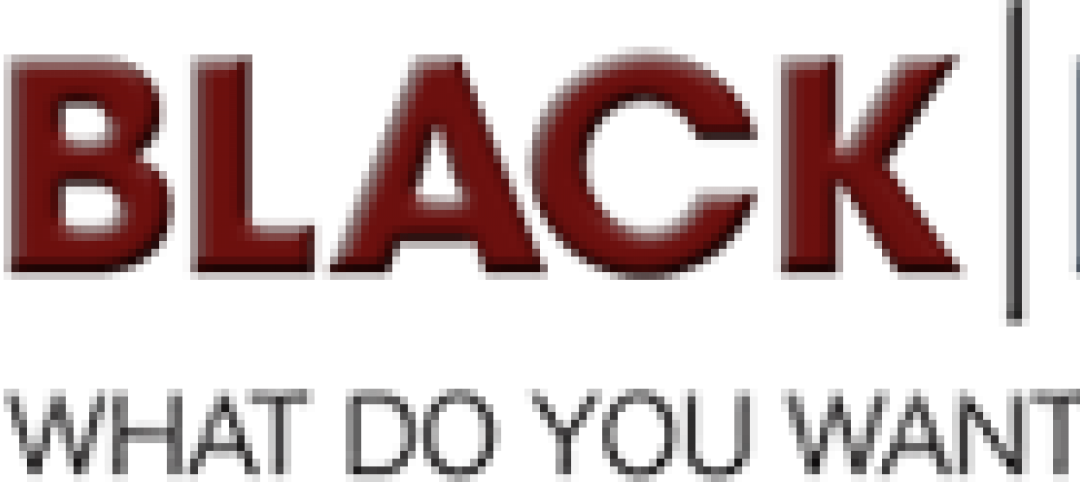Growth in numbers, locations, types and sizes all mark progress on the state of commercial zero net energy (ZNE) buildings—ultra-efficient buildings that generate as much power from onsite renewable energy sources as they consume in a year, according to a report from New Buildings Institute (NBI).
Of buildings surveyed across North America, the report finds the number of buildings achieving or pursuing ZNE have more than doubled since the last study was released in 2012.
In addition to the 2014 Getting to Zero Status Update: A review of the projects, policies and programs driving zero net energy commercial buildings, NBI released an interactive map showing the geographic spread, square footage and other characteristics of all buildings verified by NBI to have achieved zero net energy performance.
NBI is a national nonprofit working to improve the energy performance of commercial buildings. ZNE verification of buildings is based on review of one-year of measured energy data including building energy consumption and renewable energy production, or other valid documentation from a third-party entity.
CLICK HERE TO VIEW INTERACTIVE VERSION
The 2014 list of ZNE verified buildings includes 32 buildings and one district for a total of 33 projects. These projects are located in 36 states covering all climate zones and include a variety of building types. View interactive format.
“While this remains a relatively small set of buildings, the growth and diversity are important indicators for what we should expect in the coming years,” said Ralph DiNola, executive director of New Buildings Institute. “The future is now for ZNE buildings and we are seeing this play out in the shift from a handful of projects primarily in the public domain, to private companies such as Walgreens and TD Bank embarking on ZNE building projects and using those experiences to inform future development.”
NBI tracks the development of ZNE buildings in North America throughout the year. At report press time, NBI had identified and verified 33 ZNE projects including 32 buildings and one district (a group of buildings), an additional 127 projects that were working toward ZNE but did not have a full year of energy use yet to verify net-zero, and 53 buildings that had verified high levels of efficiency comparable to zero net energy performance, but without sufficient onsite renewable generation, for a grand total of 213 buildings.
This is more than double the number of buildings included in NBI’s inaugural ZNE report, which identified 21 verified and 39 emerging ZNE buildings, plus 39 ultra-efficient structures for a total of 99 buildings.
“We are proud to support NBI on this important ZNE study,” said David Terry, Executive Director of the National Association of State Energy Officials (NASEO). “We continue to see states across the country integrating cost-effective ZNE strategies into long-term policy, program, and energy planning goals. The aspirational nature of ZNE buildings captures the attention and imagination of everyday citizens, business leaders, and government officials especially in sectors such as schools and public buildings.”
NASEO and NBI work together to support policy leaders looking to zero net energy as a strategy for meeting carbon reduction goals.
Key report findings include:
• ZNE is achievable in all regions and climate zones: ZNE buildings exist in 36 states and two Canadian provinces covering all eight U.S. Department of Energy climate zones.
• ZNE works for many building types and sizes: The 2014 report includes a wide diversity of building types, including K-12 schools, universities and offices. New to the report this year are low-rise apartment buildings and emerging laboratory buildings. More than 25% of the ZNE and ZNE emerging buildings referenced in this report are larger than 50,000 sq. ft., and half of those are over 100,000 sq. ft.
• ZNE districts are a growing trend: In addition to individual buildings, there is a new trend of communities and campuses committed to groups of ZNE buildings to leverage resources. NBI identified 18 ZNE Districts in the report, with the U.S. Army and several universities as the leading entities.
• Private sector increase in ZNE development: 26% of the verified ZNE and ZNE emerging buildings on this year’s list were privately developed, including TD Bank in Fort Lauderdale, Florida, DPR Construction in Phoenix, Arizona and the recently-opened Walgreens retail store in Evanston, Illinois.
• ZNE is achievable in existing buildings: 24% of the verified ZNE buildings in the report were renovation projects, demonstrating the potential for ZNE during major building renewals and expanding the potential floorspace for ZNE well beyond just new construction in North America.
• Large share of ZNE projects are education buildings: Consistent with the last report, education buildings such as K-12 schools and universities, make up the single largest category in this year’s report at 1/3 of all ZNE buildings, such as the Center for Energy Efficient Design (CEED) – an award-winning ZNE learning laboratory for middle school students in Rocky Mount, Virginia.
“The beauty of the Center for Energy Efficient Design as an educational facility is that it's not just a theory or picture in a book. Our students actually live and learn in the space,” said Neil Sigmon, CEED instructor and project leader. “Many of our students have gone on to careers in architecture and engineering. This is where they got their start."
NBI will host a webinar on Thursday, Jan. 16 from 10-11:30am Pacific to share report findings.
About New Buildings Institute | www.newbuildings.org
New Buildings Institute New Buildings Institute (NBI) is a nonprofit organization working to improve the energy performance of commercial buildings. We work collaboratively with commercial building market players—governments, utilities, energy efficiency advocates and building professionals—to remove barriers to energy efficiency, including promoting advanced design practices, improved technologies, public policies and programs that improve energy efficiency. NBI also develops and offers guidance to individuals and organizations on designing and constructing energy-efficient buildings through our Advanced Buildings® suite of tools and resources.
Related Stories
| Oct 17, 2011
Aerialogics announces technology partnership with CertainTeed Corp.
CertainTeed to provide Aerialogics’ Aerial Measurement Services to its credentialed contractor base and utilize the technology in its Roofing Products Division.
| Oct 17, 2011
Big D Floor covering supplies to offer Johnsonite Products??
Strategic partnership expands offering to south and west coast customers.
| Oct 17, 2011
Clery Act report reveals community colleges lacking integrated mass notification systems
“Detailed Analysis of U.S. College and University Annual Clery Act Reports” study now available.
| Oct 17, 2011
USGBC L.A. Chapter's Green Gala to feature Jason McLennan as keynote speaker
Chapter to presents inaugural Sustainable Innovation Awards,
| Oct 17, 2011
Schneider Electric introduces UL924 emergency lighting control devices
The emergency lighting control devices require fewer maintenance costs and testing requirements than backup batteries because they comply with the UL924 standard, reducing installation time.
| Oct 14, 2011
AISC develops new interoperability strategy to move construction industry forward
AISC is working to bring that vision to reality by developing a three-step interoperability strategy to evaluate data exchanges and integrate structural steel information into buildingSMART's Industry Foundation Classes.
| Oct 14, 2011
University of New Mexico Science & Math Learning Center attains LEED for Schools Gold
Van H. Gilbert architects enhances sustainability credentials.
| Oct 14, 2011
BD+C Survey on Building Information Modeling: The Good, the Bad, and the Solutions
In a recent survey conducted by Building Design+Construction, more than 75% of respondents indicated they currently use BIM or plan to use it. Respondents were also asked to comment on their experiences with BIM, what they liked and disliked about BIM, and what BIM-related advice they would give to their peers.
| Oct 14, 2011
ACI partners with CRSI to launch new adhesive anchor certification program
Adhesive anchor installer certification required in new ACI 318-11.
| Oct 14, 2011
Midwest construction firms merge as Black and Dew
Merger is aimed at increasing market sector capabilities and building on communication and core contracting competencies.
















